The Ebola virus continues to be a serious issue healthcare professionals. As discussed in the last blog, the Centers for Disease Control and Prevention (CDC) have recently emphasized the importance of personal protective equipment (PPE). Healthcare workers put themselves at risk in order to treat those infected. However, PPE can keep professionals safe. This is why the CDC has come out with more guidance on PPE and its putting on (donning) and taking off (doffing). To begin, training for the appropriate donning and doffing of PPE must be given to all healthcare personnel. A trained observer should also be present to ensure that errors with PPE can be fixed in real time. Additionally, facilities need to clearly designate separate areas where workers can put on their PPE (away from the patient room) and remove their PPE (in proximity to the patient room). Equipment is to be worn at all times around patients and if there is possible exposure to the Ebola virus while treating a patient, doffing of PPE must occur immediately. Doffing of PPE is a high risk process and must be done according to protocol.
PPE can be worn in different combinations, but facility managers must standardize the PPE to be worn and ensure repeated practice of applying the chosen PPE types. The CDC recommends single-use disposable impermeable gowns, gloves, shoe or boot covers, aprons, and more. The CDC also recommends that facilities use a powered air-purifying respirator (PAPR) OR N95 or higher respirator when treating patients infected with the Ebola virus. Each of these respirators is an option to be worn and each is worn in conjunction with a set of guidelines for the donning and doffing of the appropriate PPE.
Of course PPE is just part of preventing the spread of the viral disease. Healthcare facilities must practice effective administration and clean environmental habits. Each facility needs to have a management team that can ensure workers are aware of all precautions and protocol for the caring of an Ebola patient. Physical areas for patient isolation, potentially contaminated PPE, and waste must be designated on site. Ebola patients’ isolation must also be monitored. Regular cleaning, disinfection, and decontamination of facility spaces is also crucial. Let us remember the three principles the CDC guidance abides by: healthcare personnel must receive training on how to apply PPE; personnel should show no skin while wearing PPE; a facility manager is needed to oversee the care of Ebola patients and a trained observer should oversee the donning and doffing of PPE. It is critical that healthcare professionals adhere to such guidelines in order to prevent the spread of this disease.
www.cdc.gov



